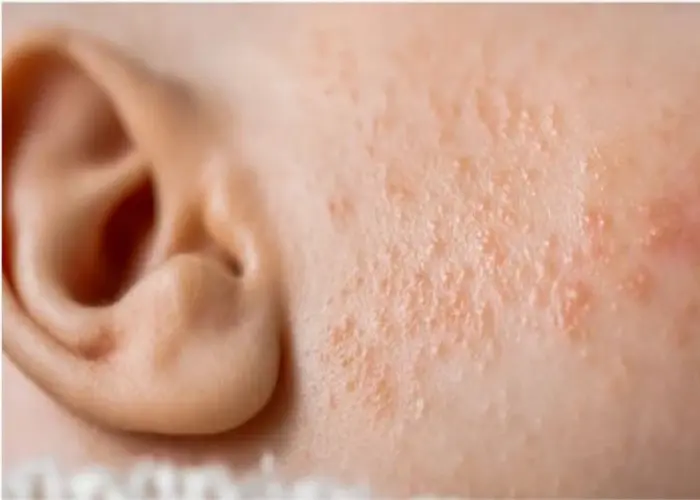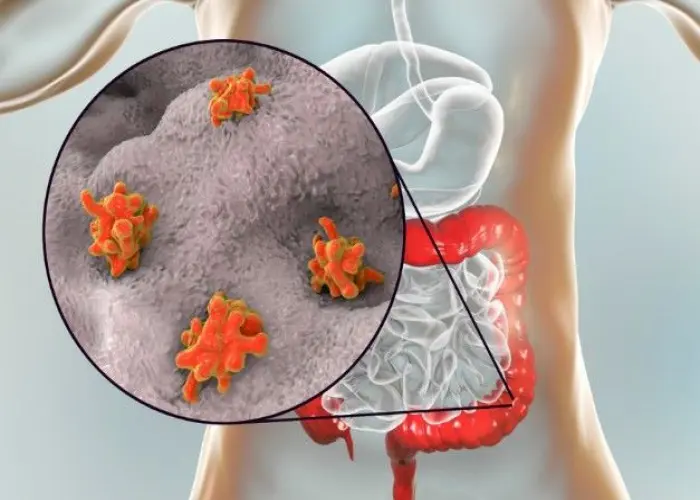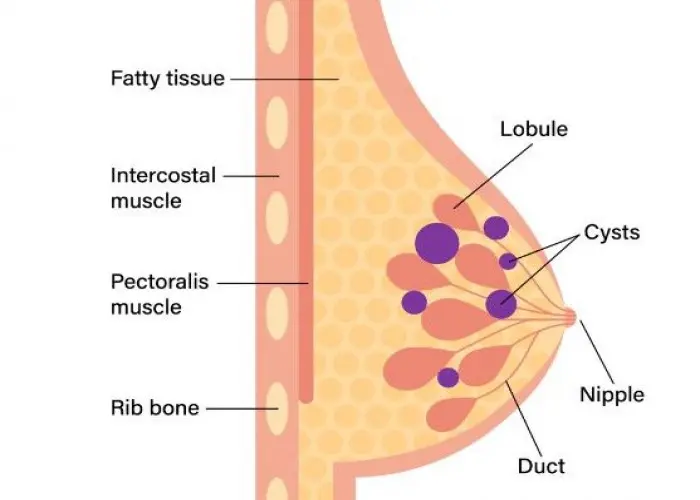 Welcome
Welcome
“May all be happy, may all be healed, may all be at peace and may no one ever suffer."
Cancer

Cancer is a group of diseases characterized by the uncontrolled growth and spread of abnormal cells in the body. There are many different types of cancer, each with its own unique set of symptoms, risk factors, and treatment options. Common treatments for cancer include surgery, radiation therapy, chemotherapy, immunotherapy, and targeted therapy, as well as palliative care to manage symptoms and improve quality of life. Early detection and treatment can significantly improve the chances of successful treatment and survival. It is important to take steps to reduce your risk of cancer, such as maintaining a healthy diet and lifestyle, getting regular cancer screenings, and avoiding exposure to known carcinogens.
Research Papers
Disease Signs and Symptoms
- Fatigue (Tiredness)
- Swollen lump or skin nodules
- Skin sores, bruising or rashes
- Difficulty breathing (dyspnea)
- Hoarseness
- Joint pain
- Night sweats
- Lump or area of thickening that can be felt under the skin
- Tissue cancer or tumor
Disease Causes
Cancer
Cancer is caused by changes (mutations) to the DNA within cells. The DNA inside a cell is packaged into a large number of individual genes, each of which contains a set of instructions telling the cell what functions to perform, as well as how to grow and divide. Errors in the instructions can cause the cell to stop its normal function and may allow a cell to become cancerous.
Disease Prevents
Cancer
Doctors have identified several ways to reduce your risk of cancer, such as:
- Stop smoking. If you smoke, quit. If you don't smoke, don't start. Smoking is linked to several types of cancer — not just lung cancer. Stopping now will reduce your risk of cancer in the future.
- Avoid excessive sun exposure. Harmful ultraviolet (UV) rays from the sun can increase your risk of skin cancer. Limit your sun exposure by staying in the shade, wearing protective clothing or applying sunscreen.
- Eat a healthy diet. Choose a diet rich in fruits and vegetables. Select whole grains and lean proteins. Limit your intake of processed meats.
- Exercise most days of the week. Regular exercise is linked to a lower risk of cancer. Aim for at least 30 minutes of exercise most days of the week. If you haven't been exercising regularly, start out slowly and work your way up to 30 minutes or longer.
- Maintain a healthy weight. Being overweight or obese may increase your risk of cancer. Work to achieve and maintain a healthy weight through a combination of a healthy diet and regular exercise.
- Drink alcohol in moderation, if you choose to drink. If you choose to drink alcohol, do so in moderation. For healthy adults, that means up to one drink a day for women and up to two drinks a day for men.
- Schedule cancer screening exams. Talk to your doctor about what types of cancer screening exams are best for you based on your risk factors.
- Ask your doctor about immunizations. Certain viruses increase your risk of cancer. Immunizations may help prevent those viruses, including hepatitis B, which increases the risk of liver cancer, and human papillomavirus (HPV), which increases the risk of cervical cancer and other cancers. Ask your doctor whether immunization against these viruses is appropriate for you.
Disease Treatments
Many cancer treatments are available. Your treatment options will depend on several factors, such as the type and stage of your cancer, your general health, and your preferences. Together you and your doctor can weigh the benefits and risks of each cancer treatment to determine which is best for you.
Goals of cancer treatment
Cancer treatments have different objectives, such as:
- Cure. The goal of treatment is to achieve a cure for your cancer, allowing you to live a normal life span. This may or may not be possible, depending on your specific situation.
- Primary treatment. The goal of a primary treatment is to completely remove the cancer from your body or kill the cancer cells.
- Any cancer treatment can be used as a primary treatment, but the most common primary cancer treatment for the most common cancers is surgery. If your cancer is particularly sensitive to radiation therapy or chemotherapy, you may receive one of those therapies as your primary treatment.
- Adjuvant treatment. The goal of adjuvant therapy is to kill any cancer cells that may remain after primary treatment in order to reduce the chance that the cancer will recur.
- Any cancer treatment can be used as an adjuvant therapy. Common adjuvant therapies include chemotherapy, radiation therapy and hormone therapy.
- Palliative treatment. Palliative treatments may help relieve side effects of treatment or signs and symptoms caused by cancer itself. Surgery, radiation, chemotherapy and hormone therapy can all be used to relieve symptoms and control the spread of cancer when a cure isn't possible. Medications may relieve symptoms such as pain and shortness of breath.
- Palliative treatment can be used at the same time as other treatments intended to cure your cancer.
Cancer treatments
Doctors have many tools when it comes to treating cancer. Cancer treatment options include:
- Surgery. The goal of surgery is to remove the cancer or as much of the cancer as possible.
- Chemotherapy. Chemotherapy uses drugs to kill cancer cells.
- Radiation therapy. Radiation therapy uses high-powered energy beams, such as X-rays and protons, to kill cancer cells. Radiation treatment can come from a machine outside your body (external beam radiation), or it can be placed inside your body (brachytherapy).
- Bone marrow transplant. Bone marrow transplant is also known as a stem cell transplant. Your bone marrow is the material inside your bones that makes blood cells. A bone marrow transplant can use your own cells or cells from a donor.
- A bone marrow transplant allows your doctor to use higher doses of chemotherapy to treat your cancer. It may also be used to replace diseased bone marrow.
- Immunotherapy. Immunotherapy, also known as biological therapy, uses your body's immune system to fight cancer. Cancer can survive unchecked in your body because your immune system doesn't recognize it as an intruder. Immunotherapy can help your immune system "see" the cancer and attack it.
- Hormone therapy. Some types of cancer are fueled by your body's hormones. Examples include breast cancer and prostate cancer. Removing those hormones from the body or blocking their effects may cause the cancer cells to stop growing.
- Targeted drug therapy. Targeted drug treatment focuses on specific abnormalities within cancer cells that allow them to survive.
- Clinical trials. Clinical trials are studies to investigate new ways of treating cancer. Thousands of cancer clinical trials are underway.
Other treatments may be available to you, depending on your type of cancer.
Disease Diagnoses
Disease Allopathic Generics
Disease Ayurvedic Generics
Disease Homeopathic Generics
Disease yoga
Cancer and Learn More about Diseases

Schizotypal personality disorder

Baby acne

Blood in urine (Hematuria)

Primary ovarian insufficiency

Amoebic Dysentry

Fibrocystic breasts

Thoracic outlet syndrome

Impetigo
Cancer, Lymphoma, ক্যান্সার, কর্কট
To be happy, beautiful, healthy, wealthy, hale and long-lived stay with DM3S.
